|
By Amy Catania What’s not to love about a house in a box? In the first part of the 20th century, thousands of Americans ordered their homes out of the Sears Roebuck catalog. The homes were shipped in railroad cars, all parts ready to assemble — little boxes, just like the Pete Seeger song. Customers could choose from a wide variety of architectural styles and price points, from the tiny metal “Lustron” to the elegant “Alhambra.” Both styles can be found here in the village. An untold number of other Saranac Lake homes were built from kits. When I first moved to Saranac Lake, my husband and I bought a little house over by the Petrova fields. Just down the street is Susan and Glenn Arnold’s Lustron and Lynn and Wayne Newman’s Strathmore. Around the corner, you can find Sandy Hildreth’s Strathmore, built in reverse. As I learned about the kit houses in the neighborhood, I became hopeful that our house was part of the club. The tell-tale archway to the living room, the funny slant to the chimney, the compact design — these were some of the details that gave me hope our house might be one of the chosen. One day, looking through old Sears Catalogues, I found it! There, with arched doorway, slanted chimney, and matching floorpan, was... the Collingwood! — “an unusual bungalow, well suited for modern living conditions. The exterior is very practical and finds much favor on account of its simplicity…. Living out of doors, as most of us do in summer, the front porch will be appreciated. The windows are very well designed and attractively arranged.” The Strathmore, arriving on the train in Saranac Lake, and pictured at right, mostly assembled. Photos provided by Martin Winderl, the stone mason who built the foundation. In 1936, the Collingwood cost $1,497, which included “all material consisting of lumber, lath, millwork, flooring, shingles, building paper, hardware, metal and painting materials according to specifications.” Today, adjusting for inflation, this solid little house would cost just $29,037. The new owner would have only needed to hire Maddens to deliver the kit from the depot to the new lot, and to pay a trusty contractor like Mike Boon to pour the foundation and assemble the house. Thrilled with my discovery, I went about the process of looking for proof that my home was indeed a Collingwood. Sadly, I was out of luck. Where “Sears” should have been stamped on hardware, there was nothing. Where the dimensions of a room should have been exactly as listed, they were slightly different. I came to the conclusion that my house was built on the plans of the Collingwood, but not from an actual kit. Apparently, this was a common practice. Sears plans were readily available, and builders often made use of them to build their own kit house replicas. My house was not quite a kit house, but nevertheless, we loved that place — it’s tidy size, it’s sturdy plaster walls, it’s bright rooms. My research into the house’s past set the stage for many happy years in that house. We raised two boys there, and the years passed quickly, measured by the sports seasons on the fields next-door, from spring baseball to summer rugby to fall football. Over time, we came to feel like we belonged in Saranac Lake. In all those years of flying baseballs, only one window broke. Eventually we outgrew our Collingwood wannabe, and we moved across town to one of Saranac Lake’s rambling cure cottages. Our “new” house is all porches and angles, with no clear history or floor plan. It’s full of mysterious drafty spots and attic spaces to nowhere. Unlike a kit house, a cure cottage’s history and architecture is messy, the way most life is. We tend to want to see the world like a kit house. We want reality to come in little boxes – right or wrong, left or right, red or blue. When we take the time to dig underneath appearances and into the past, we find that things are almost always more complicated than they appear on the surface. We discover connections and imagine new possibilities. We can find common ground in a shared appreciation for our hometown. A few years ago, when we were trying to wrest this cure cottage out of foreclosure, my friend Anne Merkel got wind of our interest in the house. Her husband Dr. David Merkel grew up here, and she loved this old place. Every few weeks, Anne would call and gently encourage us. One winter, when we had about given up, Anne called and said, “I’ve been thinking about the Merkel house and how pretty it looks at Christmas. Do you know where you would put the Christmas tree?”
Yes, I knew exactly where the Christmas tree would go, and I knew then that we would keep trying to get the house. Not long later, we bought it in foreclosure, and we began the long process of slowly bringing the place back to life. Now, as the leaves begin to change color, we look forward to another Christmas in the old Merkel house, in the place we call home.
1 Comment
Mato Ray
3/28/2022 08:44:58 am
Reply
Your comment will be posted after it is approved.
Leave a Reply. |
About us
Stay up to date on all the news and happenings from Historic Saranac Lake at the Saranac Laboratory Museum! Archives
August 2022
Categories
All
|
Historic Saranac Lake at the Saranac Laboratory Museum
89 Church Street, Suite 2, Saranac Lake, New York 12983
(518) 891-4606 - [email protected]
89 Church Street, Suite 2, Saranac Lake, New York 12983
(518) 891-4606 - [email protected]

Historic Saranac Lake is funded in part by the New York State Council on the Arts with the support of the Office of the Governor and the New York State Legislature,
and an Essex County Arts Council Cultural Assistance Program Grant supported by the Essex County Board of Supervisors.
and an Essex County Arts Council Cultural Assistance Program Grant supported by the Essex County Board of Supervisors.
© 2023 Historic Saranac Lake. All Rights Reserved. Historic photographs from Historic Saranac Lake Collection, unless otherwise noted. Copy and reuse restrictions apply.
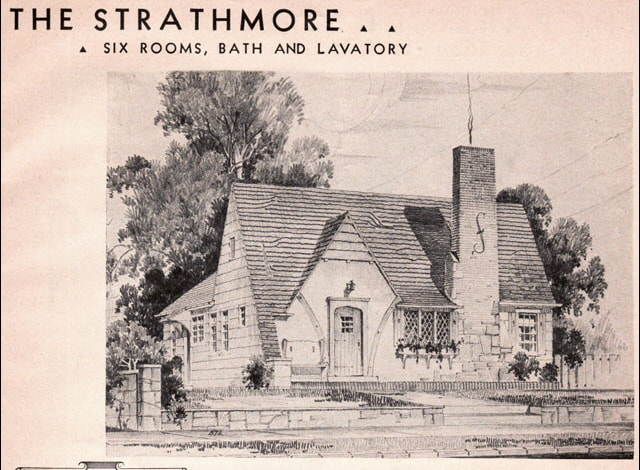
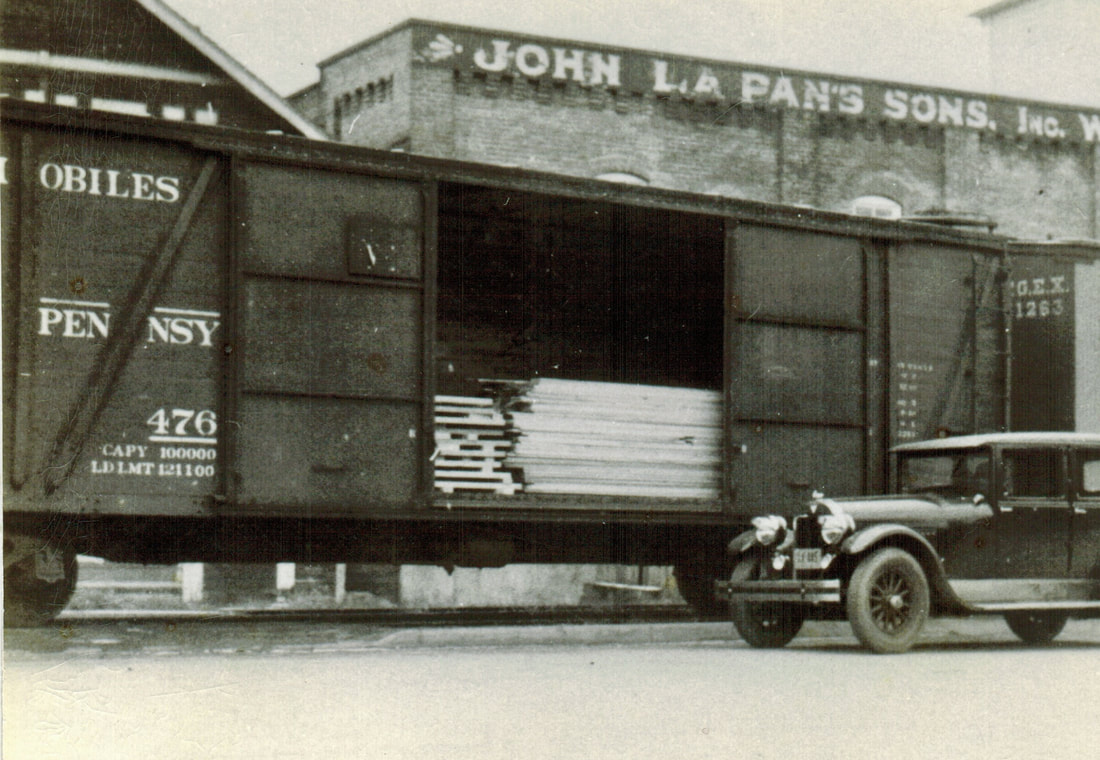
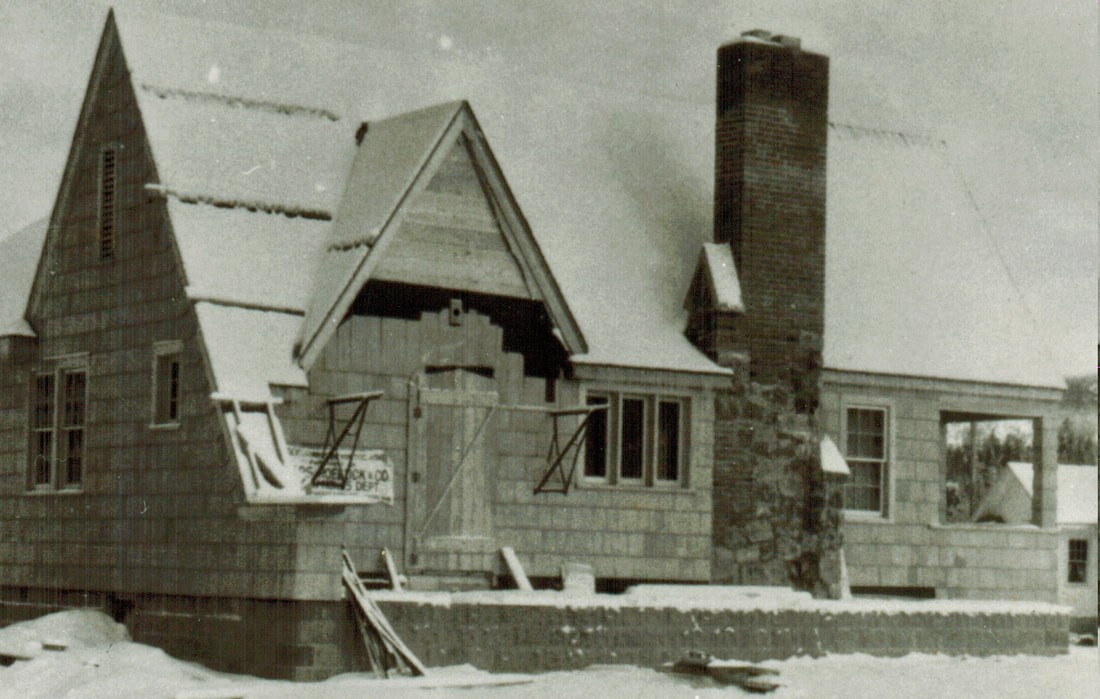
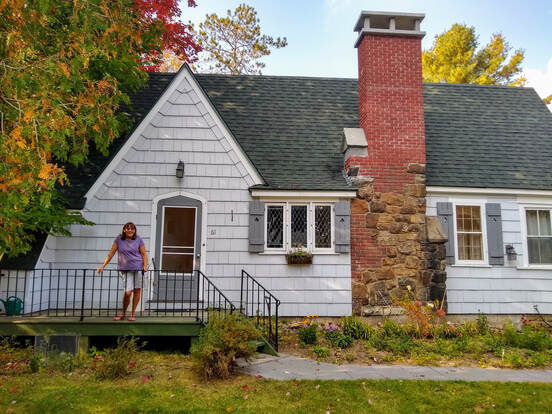
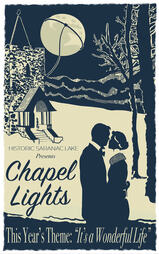
 RSS Feed
RSS Feed